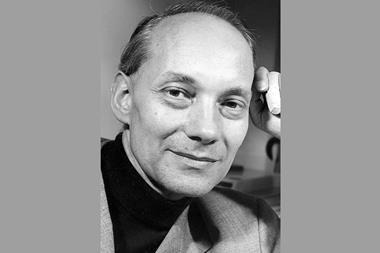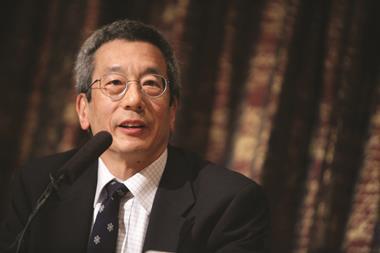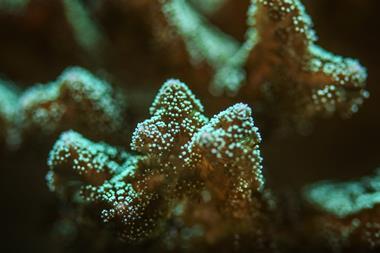
Osamu Shimomura, who shared the 2008 chemistry Nobel prize with Martin Chalfie and Roger Tsien for the discovery of green fluorescent protein (GFP) has died of natural causes at his home in Nagasaki, Japan, aged 90.
In the 1960s he isolated GFP from the luminous jellyfish Aequorea victoria and showed that it glowed green under UV light. Others then went on to show how the gene for GFP can be incorporated into other organisms’ DNA and used to fluorescently label other proteins so that they can be seen under a microscope.
Shimomura was born in Kyoto in 1928, and spent his childhood years in Japanese-occupied Manchuria, China, and Osaka where his father was an officer in the Japanese army. He was living in Isahaya near Nagasaki at the time the atomic bomb was dropped on the city in 1945.
After the second world war he studied at Nagasaki pharmacy school where he developed an interest in chemistry, borrowing reagents and equipment to carry out experiments at home. After graduating he worked at Nagasaki University in the analytical chemistry department, before moving to Nagoya University in 1955 to study organic chemistry in Yoshimasa Hirata’s lab. He was given the task of purifying and crystallising the light-emitting protein luciferin from a bioluminescent species of crustacean, and was eventually awarded a PhD for this work.
In 1960, Shimomura moved to Princeton University in the US where he began to study bioluminescent jellyfish, which eventually led to him isolating and purifying the photoproteins Aequorin and GFP. He later worked at the Marine Biological Laboratory in Woods Hole, Massachusetts, as a senior scientist until retiring in 2001.
In the years since its discovery, GFP has been used to visualise many different processes within cells and has become an exceptionally important tool for scientists studying everything from embryonic development to cancer.
















No comments yet